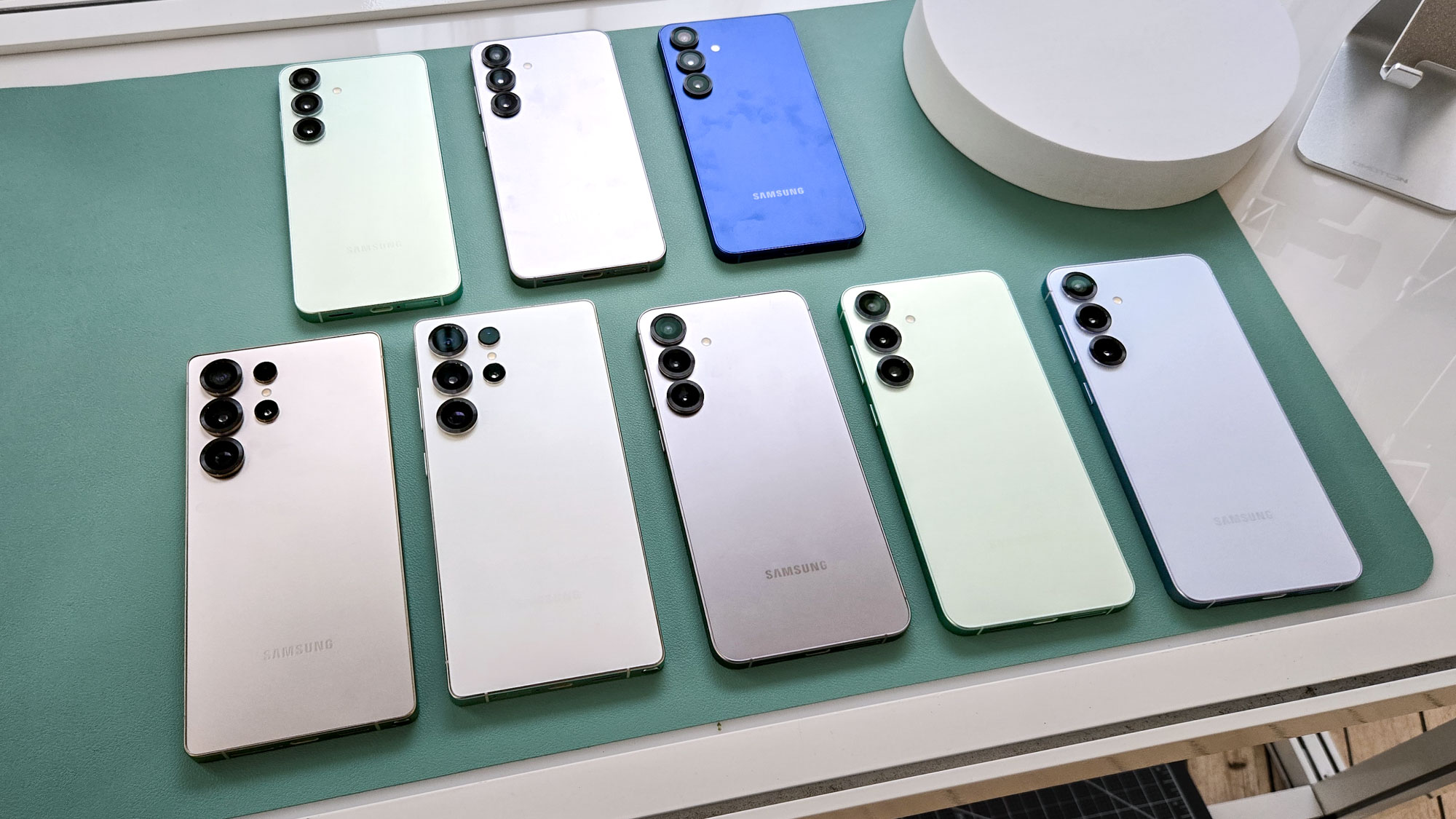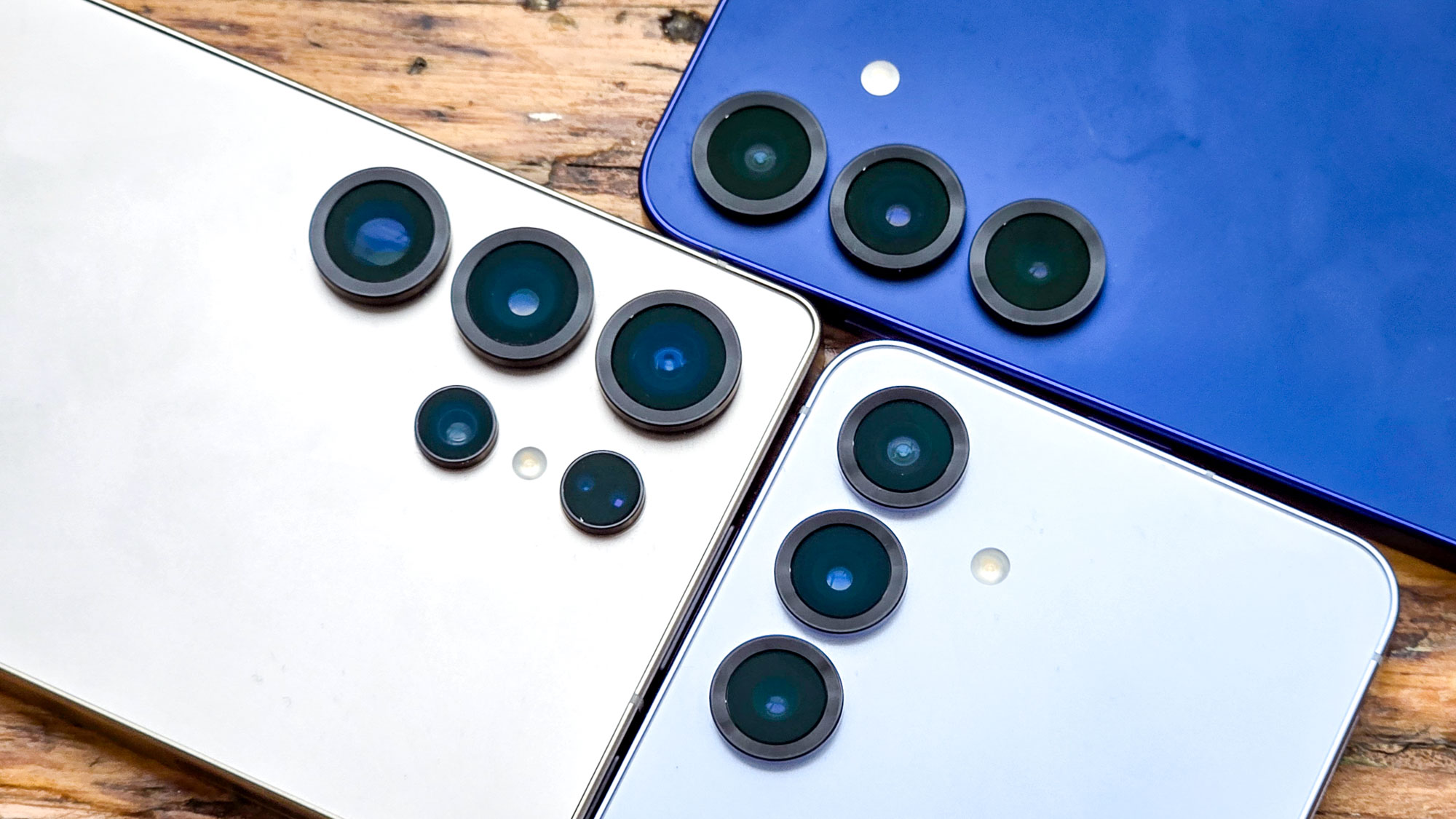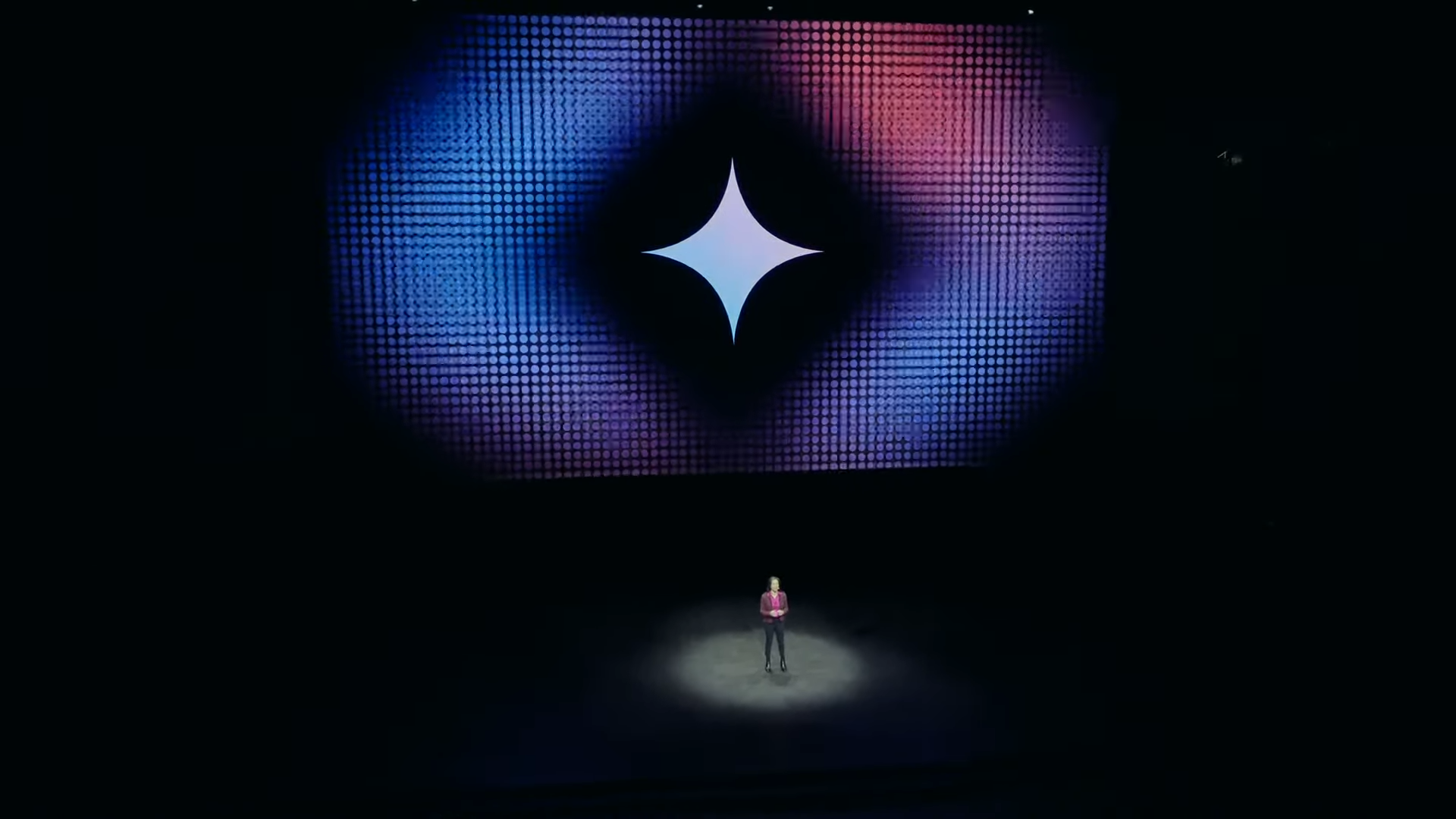The Galaxy S25 series looks a lot better thanks to a change Samsung didn't make
I'm glad one thing has stayed the same from the Galaxy S24

The list of things that haven't changed on the Galaxy S25 is pretty lengthy, even for a phone that's been around as long as the Galaxy S series. Just a quick glance at a Galaxy s25 vs. Galaxy S24 rundown, and you'll realize that the cameras, battery sizes, charging speeds and display brightness hasn't changed year to year. If you expand the search to include the Galaxy S25 Ultra, all you'd have to do is acknowledge the upgraded ultrawide camera, but otherwise, the list is the same. And I'm sure that will irk some people who prefer more radical phone makeovers.
But there's one other thing about the Galaxy S25 series that didn't change from last year's phones, and I'm willing to bet it irks no one. The Galaxy S25 costs the same as what Samsung charged for the Galaxy S24 when it released those phones last year.
Specifically, the Galaxy S25 starts at $799 in the U.S., while you'll pay $999 and $1,299, respectively, for the Galaxy S25 Plus and Galaxy S25 Ultra. In Australia and the U.K., prices didn't change either.
A rumor that didn't pan out — thankfully

That wasn't supposed to happen against the rumor mill, which was forecasting price hikes for some, if not all, of the Galaxy S25 models. And it made sense — the Snapdragon 8 Elite system-on-chip that powers all three S25 models isn't inexpensive silicon, and component prices are on the rise. All of that tends to get passed on to consumers in the form of a more expensive phone.
None of the conditions fueling that price hike speculation have eased up, suggesting that Samsung likely decided to absorb any cost increases when it set the Galaxy S25's price. If so, it was the right call and not one a lot of other phone makers have been making lately.
Take the OnePlus 13, which is a great phone that's also benefitting from the power of the Snapdragon 8 Elite chipset while ushering in some welcome improvements to its camera. The OnePlus 13 also costs more than its predecessor, which had also seen a price hike the previous year. As a result, the latest OnePlus device — which once competed has a lower-cost alternative to Samsung's pricier flagships — now actually costs more, at $899, then Samsung's entry-level Galaxy S25. (OnePlus might counter that with its larger screen, the OnePlus 13 is more of a rival to the Galaxy S25 Plus, and it's still cheaper than that $999 device.)
Go back to last year, and Google raised the starting price of its Pixel 9 flagships. And it was long ago that Samsung was hiking prices on its foldable phones by $100 over their predecessors. Phones are getting more expensive, so it's good to see Samsung buck that trend.
Why Samsung did it

So why did Samsung hold the line on prices with this phone launch? It may be a tacit acknowledgment that the upgrades featured in the Galaxy S25 aren't the sort that inspires a "Take My Money!"-style frenzy. The biggest addition, Galaxy AI improvements highlighted by a more capable digital assistant, have a nice-to-have feel rather than a must-have one unless people who upgrade start raving about how the smarter phones are a real game changer.
I think the more likely reason, though, is that Samsung took the temperature of the rumor and concluded that people are tired of paying more for things that didn't cost this much a short time ago. When groceries and utilities are eating up more of your monthly budget than they used to, you're a lot less likely to be forgiving of a $50 to $100 hike in phone prices.
That's not to say Samsung's going to see a rush of Galaxy S25 upgrades that wouldn't have materialized had the new model started at $849 instead of $799. That's going to hinge on how well the phones actually perform: do the new phones run better? Are the pictures sharper and more detailed? How do games look on that screen? And are these AI features actually useful? But you're going to have more people open to finding out the answers to those questions by keeping the price steady.
It's early days for Samsung's new flagship, as my colleague John Velasco has only had the chance to go hands-on with the Galaxy S25 and Galaxy S25 Plus. We'll find out more in advance of their arrival in stores on February 7 as we test those cameras and try out the Galaxy AI features. But at the same price as last year, the Galaxy S25 models don't face as much of an uphill battle to convince me they're worth the money.
More from Tom's Guide
Sign up to get the BEST of Tom's Guide direct to your inbox.
Get instant access to breaking news, the hottest reviews, great deals and helpful tips.
Philip Michaels is a Managing Editor at Tom's Guide. He's been covering personal technology since 1999 and was in the building when Steve Jobs showed off the iPhone for the first time. He's been evaluating smartphones since that first iPhone debuted in 2007, and he's been following phone carriers and smartphone plans since 2015. He has strong opinions about Apple, the Oakland Athletics, old movies and proper butchery techniques. Follow him at @PhilipMichaels.

